
LGBT
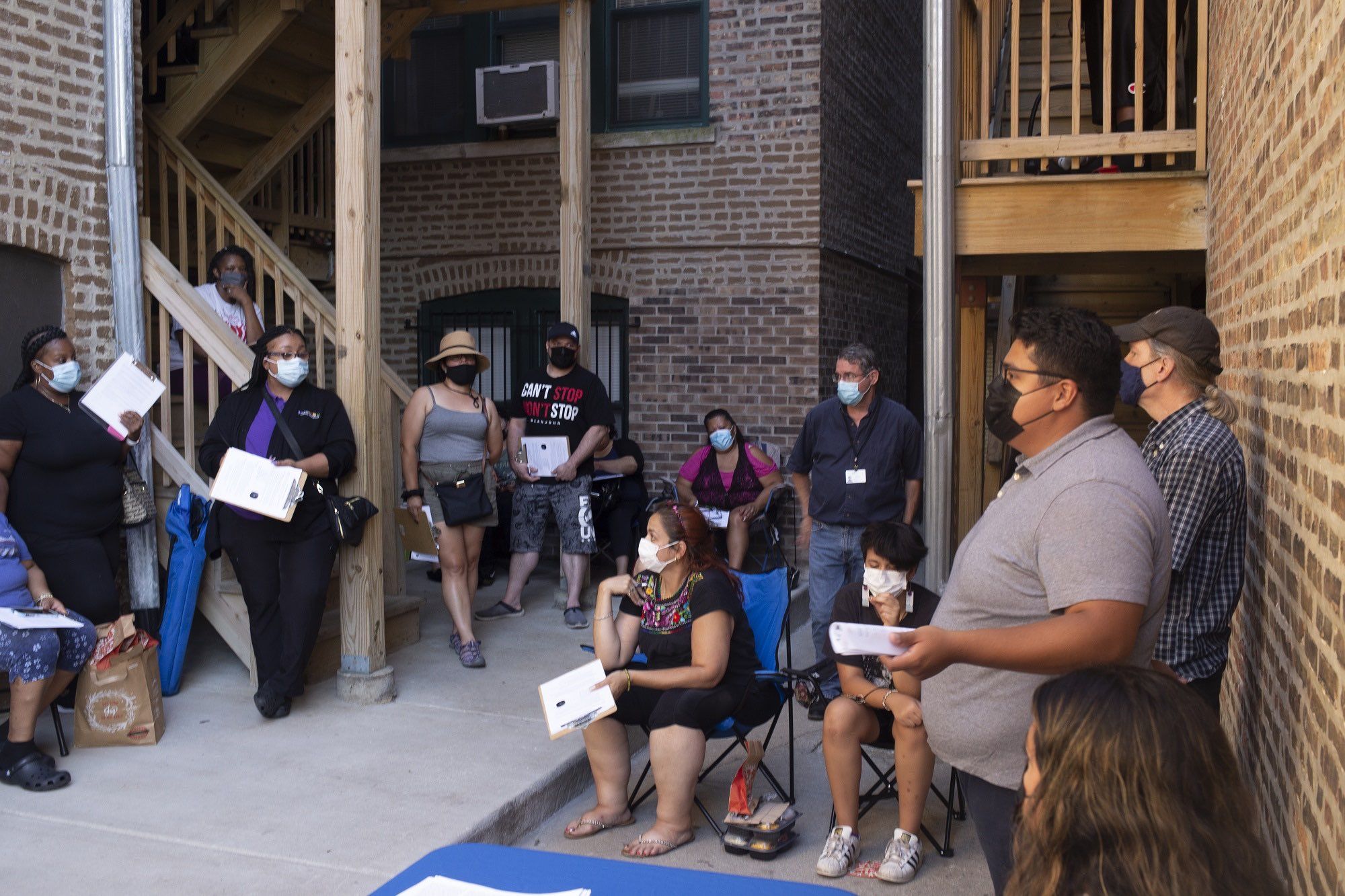
In the face of the climate crisis, companies, energy consumers, and nonprofits are all grappling with their unique roles in the global transition to renewable and clean energy. In the U.S., residential energy use accounts for roughly 20 percent of greenhouse gas emissions. As residential renewable energy becomes increasingly available around the world, it’s vital that this transition includes the communities most impacted by the effects of climate change. Google Nest is partnering with Elevate and GRID Alternatives, two leading environmental justice nonprofits, to drive clean energy programs that center equity and community at their core.
Tides has over 70 climate-related projects and partners. Learn more about our work at Tides »
In this interview, Dawn Kwan, a senior advisor at Tides, sits down with Anne Evens from Elevate, Adam Bad Wound from GRID Alternatives, and Casey Sinnwell from Google Nest to learn more about the goals for their innovative partnership, the impact it has had at the local level, and their advice for listeners who want to make their mark in the environmental justice space.
Tell us more about your organization’s history, the problem you’re trying to solve, and the work that you do?
Anne Evens, CEO at Elevate: I want to start by sharing Elevate’s vision, which is that everyone has healthy, safe, affordable heat, power, and water in their homes, no matter who they are or where they live. Our clean energy and clean water programs upgrade people’s homes, reduce people’s monthly costs, and employ people from the community at the very same time. We’ve been fortunate that we’ve been able to upgrade more than 100,000 homes by making them both cleaner and healthier, and at the same time generate nearly 1,000 clean energy construction jobs. These are good jobs that pay well and have benefits.
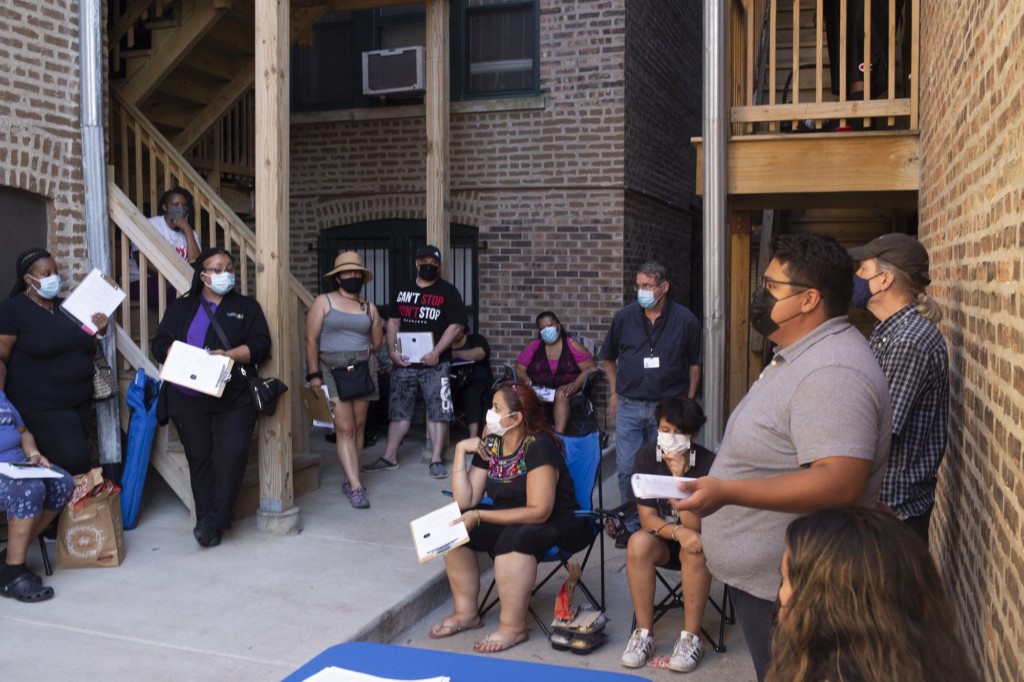
But it’s not just about the numbers, right? It’s about how we’re touching people’s lives. And we were happy that a woman named Marsha Ellis, who lives on Chicago’s South Side, called us when she was experiencing very sudden and high gas bills in the six-flat that she owned and that had been passed down to her from her family.
This is a building that had been in her family for generations and was providing affordable housing on Chicago’s South Side. She suddenly got a $10,000 gas bill.
I was so glad that one of my teammates picked up the phone and said, “We will be right over.” We found a gas leak. We were able to fix that immediately, and make the building safe immediately, and then proceed with a full clean energy upgrade and got her bills well below $1,000 a month and kept those six families that live in those homes safe. So that’s a little bit about who we are and what we do.
Adam Bad Wound, chief development officer at GRID: I’m Lakota and I’m founder of GRID’s Tribal Solar Accelerator Fund. GRID Alternatives was founded in 2001 in the San Francisco Bay Area. Our mission is to build community-powered solutions, to advance economic and environmental justice through renewable energy. Organizationally, we’re the nation’s largest nonprofit installer of clean energy technologies. We also work to develop and implement renewable energy projects that benefit low-income households and communities, enabling these communities to access a variety of clean transportation, and battery storage incentive programs as well.
GRID offers multiple levels of clean energy workforce development programs for local job seekers. And we advance what we call a classroom on the roof model of workforce training that coincides and is integrated with project development. To date, at GRID Alternatives, we’ve installed more than 18,000 renewable energy systems. These systems have totaled more than 75 megawatts of clean energy generation. These systems will also provide an estimated savings of $593 million to the families and communities that benefit from this technology, which prevent 1.6 million tons of greenhouse gas emissions. To date, we’ve also trained more than 35,000 people. It’s incredible to be a part of this work. It’s incredibly important with the climate catastrophes that we’re facing today, but it’s also uplifting to see the communities working together in partnership for community-based solutions.
What drives you to do the work that you do?
Bad Wound: My mission is to strengthen people and the planet through philanthropy, and I’m really passionate about place-based strategies that connect people in their natural environments and to one another. It’s been a pleasure to be a part of this work at GRID. I’m especially proud of some of the tribal partnerships that we’ve been a part of. To date, we’ve partnered with more than 40 tribes across the United States. And as a tribal member myself, it warms my heart to see some of these exciting projects that we’re doing on Native American lands across the United States. And I see that these tribes are leading with some innovative ways that they apply the technology and the local context for the solutions for their energy needs.
When we don’t center equity, we know we get bad outcomes, outcomes that actually increase the racial wealth divide.
Evens: We know that intergenerational wealth is passed down through homeownership and building ownership and real estate. And we know that Black, Latinx, Indigenous people have lost wealth over the years as white communities have gained wealth over the years. So we have to work at reversing this in order to make a difference. I will also say that we were grateful to have built up a community and pool of Black and Latinx, Asian, women-owned companies that do this installation work. And we were able to be there side by side, as we all struggled with COVID, and we were able to help them convert their businesses to virtual businesses, as we all have had to learn how to do.
Could you speak a little bit more about why climate action and why clean energy transition must keep equity and justice at the forefront?
Evens: When we don’t center equity, we know we get bad outcomes, outcomes that actually increase the racial wealth divide. And so we have to be very intentional and thoughtful about how we address the clean energy economy and how it rolls out. And I’ll give you an example. When Hawaii, having the very strong economic need to convert to a clean energy system because they were having to import fossil fuels to generate electricity, made the decision to push renewables, what happened is almost all of the renewable uptake — so think rooftop, solar — almost all of that happened on the homes of people with higher incomes. What that meant was you had a much smaller and lower income population having to cover the fixed costs for the old centralized electricity utility. So that drove intense energy insecurity, and intense energy poverty. We have to learn from that and not replicate that and find new ways that actually center on equity as we roll out the clean energy economy.
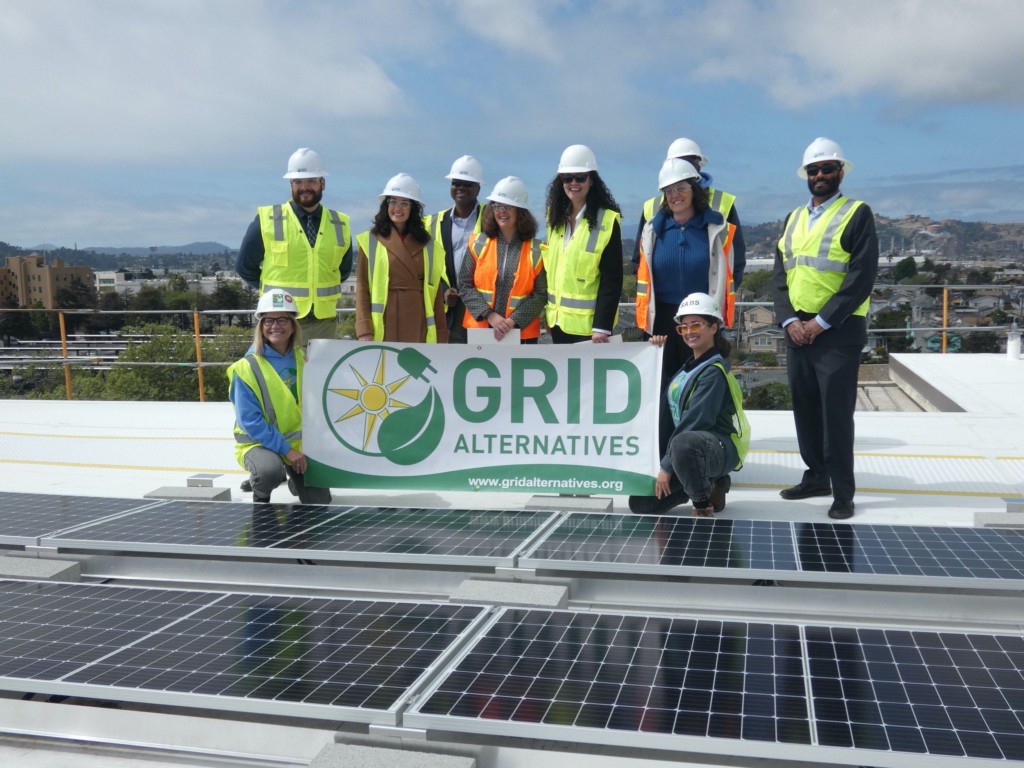
Bad Wound: Our mission at GRID Alternatives is to build community-powered solutions and advance economic and environmental justice through renewable energy. We envision a rapid, equitable transition to a world powered by renewable energy that benefits everyone. Our problem statement is one that is known all too well by low-income and communities of color; it’s that our fossil fuel–based extractive economy increases economic and environmental inequities, limiting access to the benefits and opportunities of renewable energy. This system perpetuates racial and economic injustice, damages people’s health, and creates a climate crisis that threatens all of humanity. Additionally, we partner with public agencies and community advocates to craft renewable energy policies and programs that benefit economic and environmental justice communities front and center.
Our fossil fuel–based extractive economy increases economic and environmental inequities, limiting access to the benefits and opportunities of renewable energy. This system perpetuates racial and economic injustice, damages people’s health, and creates a climate crisis that threatens all of humanity.
Tell us about Google Nest’s Renew journey, the Energy Program Program, and how GRID and Elevate are involved.
Casey Sinnwell, product planner for Google Nest: The mission at Nest is to create a home that takes care of the people inside it and the world around it. Since launching the thermostat nearly a decade ago, we’ve helped consumers save over 100 billion kilowatt hours of energy. That’s enough energy to light up an entire planet for 10 days. But what we’ve heard from our customers over the last few years is they want to do more, and find ways to address climate change. But one of the things that they struggle with is knowing what to do or where to start. And so that is when we launched the Nest Renew service last fall, which we’re gradually expanding across the United States. It’s a service designed to both educate customers on how the grid works and empower them to make daily choices and opt-in to Nest automations that help accelerate residential energy decarbonization. It’s interesting, when you look at the U.S. energy grid, nearly 40 percent of U.S. energy-related CO2 emissions stem from household-level energy decisions, and a bulk of that energy comes from heating and cooling, which will soon eventually be electric water heaters, heat pumps, storage, etc., but as you’ve said, Dawn, there’s a disproportionate impact on certain communities across the U.S.
Please share a little bit more about your collaboration with Google Nest, and how your recent initiatives have been supported by the Energy Impact Program (EIP).
Evens: I’ll start by telling you about one of the energy impact program projects, which I’m really excited about. It’s the clean energy upgrade that includes solar for a project called La Paz apartments. This is something that is near and dear to me. It’s 44 units of affordable housing, which are literally a mile south and west of where I’m joining you from today. And I can’t tell you how excited the residents of this apartment building were to hear about this project when they understood that we were taking all the fossil fuels out of their building and replacing it with clean energy technologies that included cooling air conditioning, which they’ve never had, as well as being able to say goodbye to their gas bills forever. There were just smiles and hope and joy in the courtyard where we met.
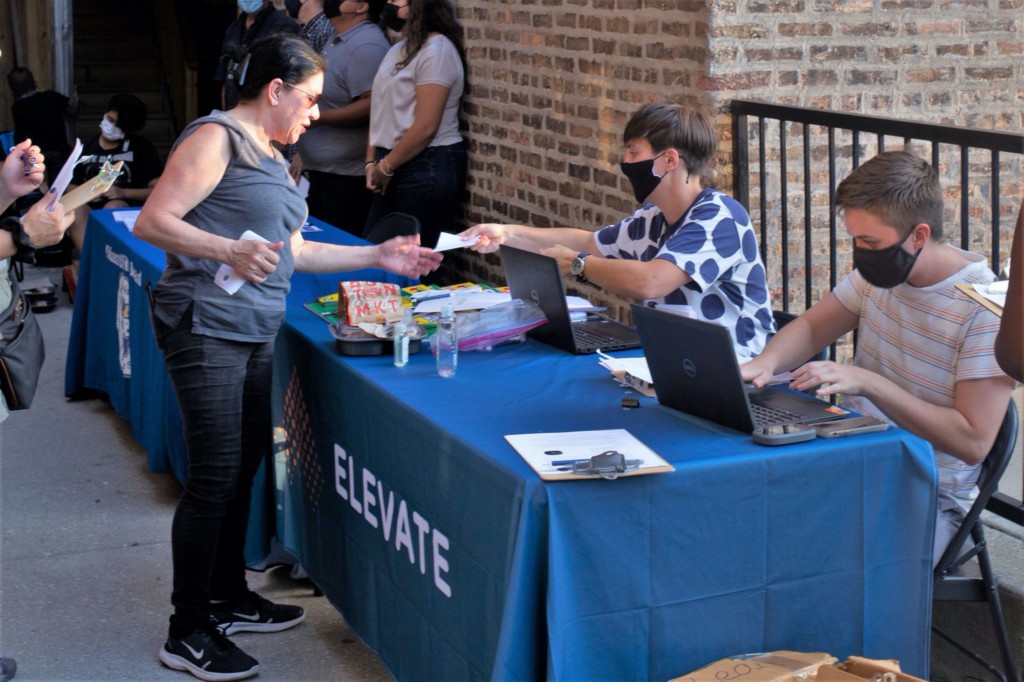
Bad Wound: I’m also just thrilled to share that the Energy Impact Program is making a huge impact here at GRID Alternatives as well, especially on our multifamily solar program in California. A recent project supported by this initiative is the Hacienda Heights apartments in Richmond, California.
The city of Richmond has long experienced a history of economic disinvestment and environmental injustice. It’s front and center on the climate crisis horizon as well. The Hacienda Heights project is located in Richmond’s Iron Triangle neighborhood, which is an area affected by two major interstates, industrial rail lines, and refineries directly adjacent to its neighborhood.
Over 63 percent of the city’s residents are people of color and nearly 15 percent of its residents are living in poverty. The California environmental screening tool identifies the Iron Triangle as being the 98th percentile for pollution from diesel particulate matter. So it’s shocking to see that people live in this context. The Hacienda Heights has actually sat vacant since 2015, when a lack of resources for ongoing maintenance left it in disrepair. The building is now undergoing a major renovation led by our partners at Mercy Housing and the Community Housing Development Corporation of North Richmond. And with support from Google and other state agencies, GRID was able to come in as the solar installer for this project, which is super exciting. Soon, we’ll see 160 income-qualified seniors, including 25 formerly houseless seniors, who will call the Hacienda Heights project home without having to worry about excessive energy bills. This project is an example of a bright and resilient future that’s not only for the residents of Richmond, but also for renters in environmental justice communities across the country.
Nest Renew requires 3rd generation Nest Learning Thermostat, Nest Thermostat E, or the newest Nest Thermostat (sold separately), connected to a Google account. Nest Renew available in select locations.
Learn more about our climate and environmental justice work »

LGBT
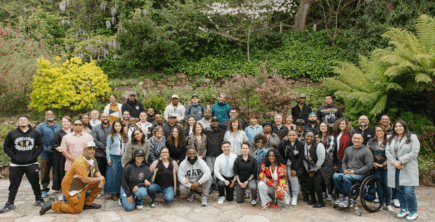
Corporate Partners

Philanthropy
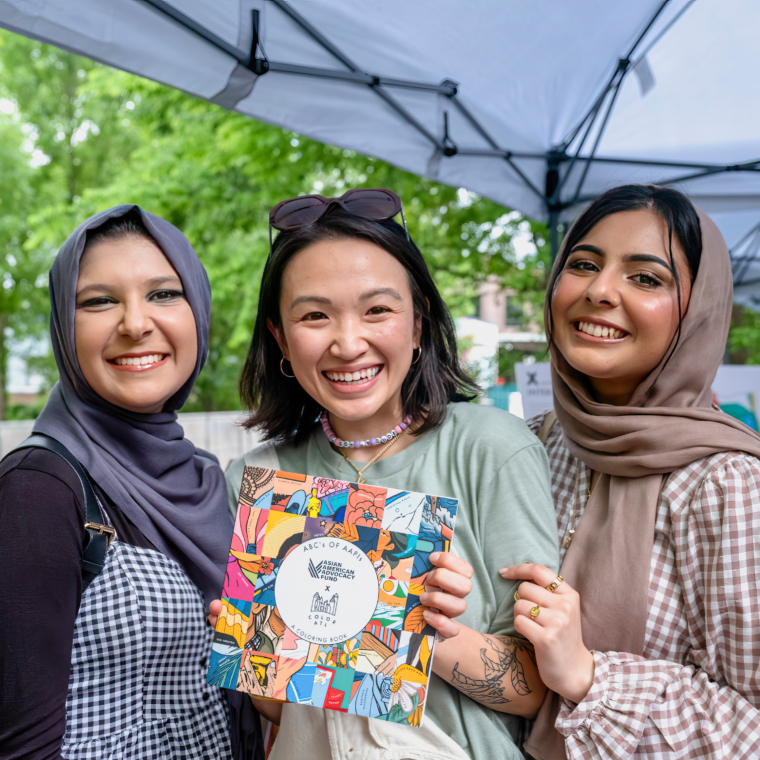
Read the stories and hear the voices of social change leaders fighting for justice.